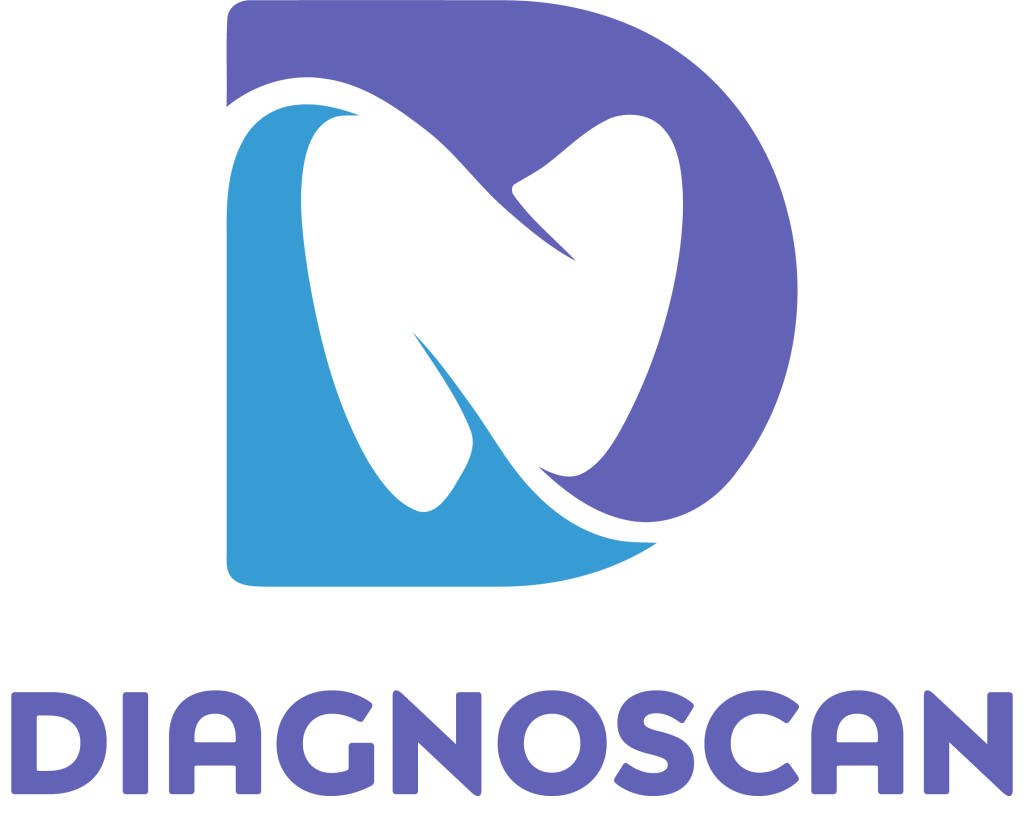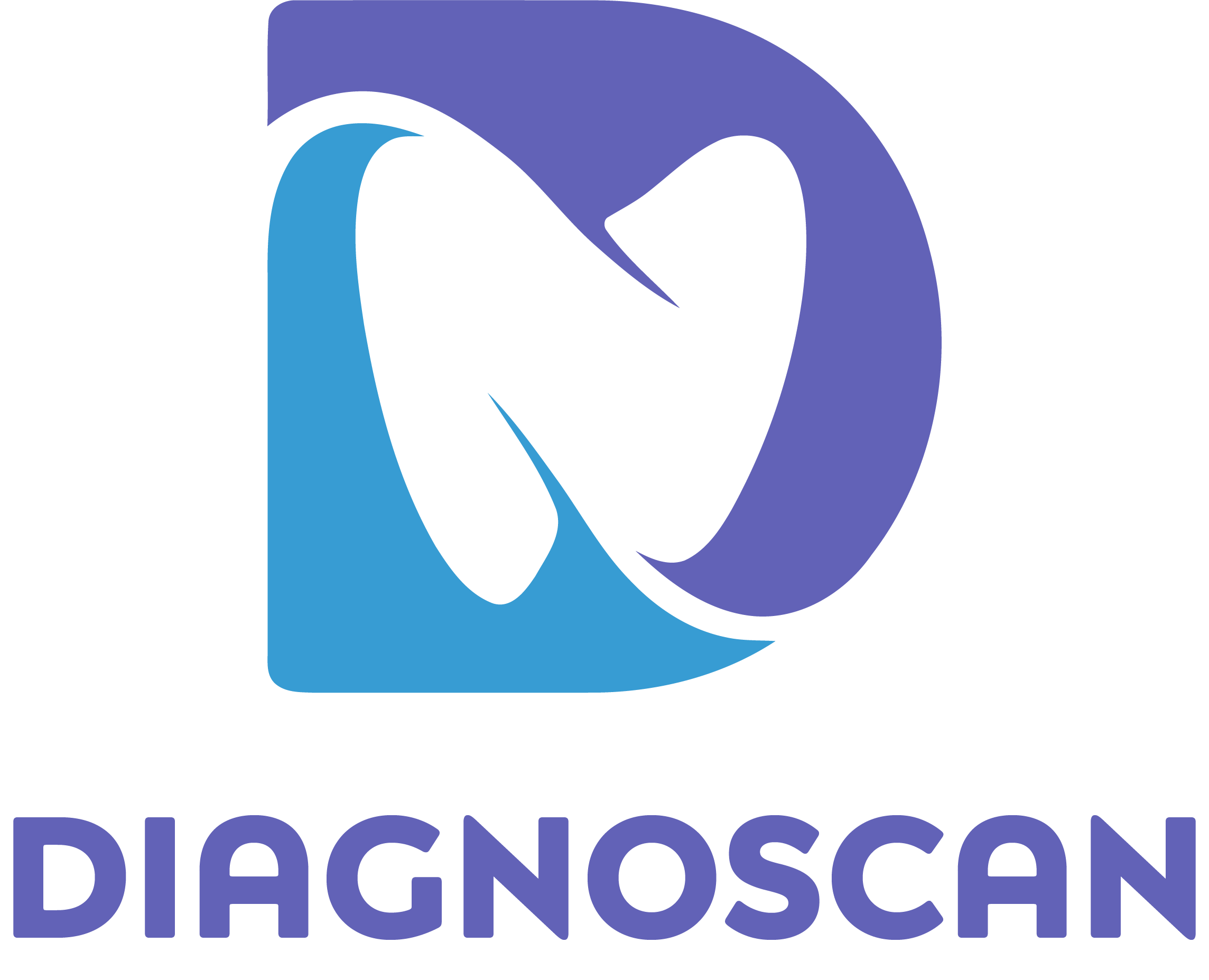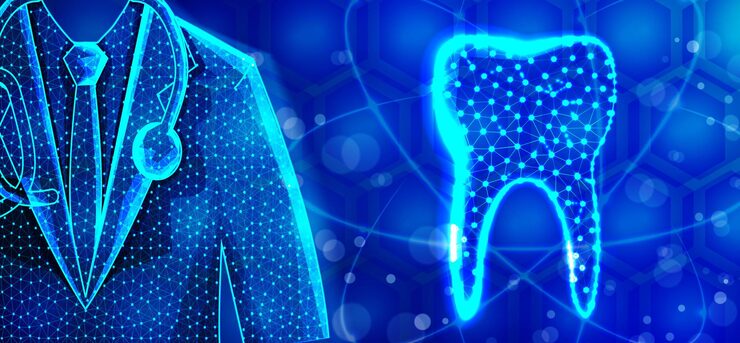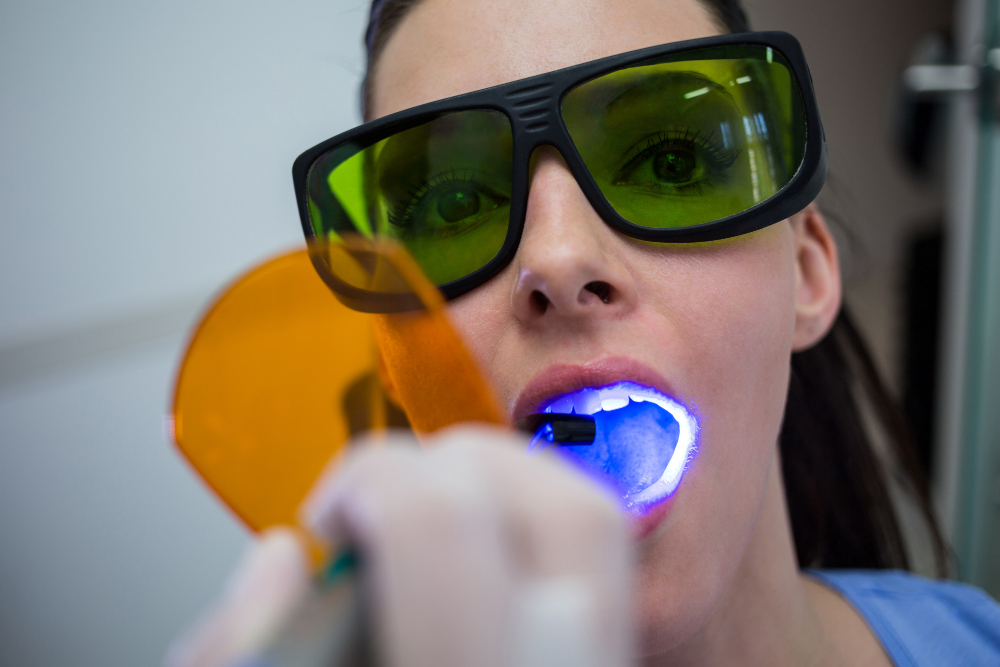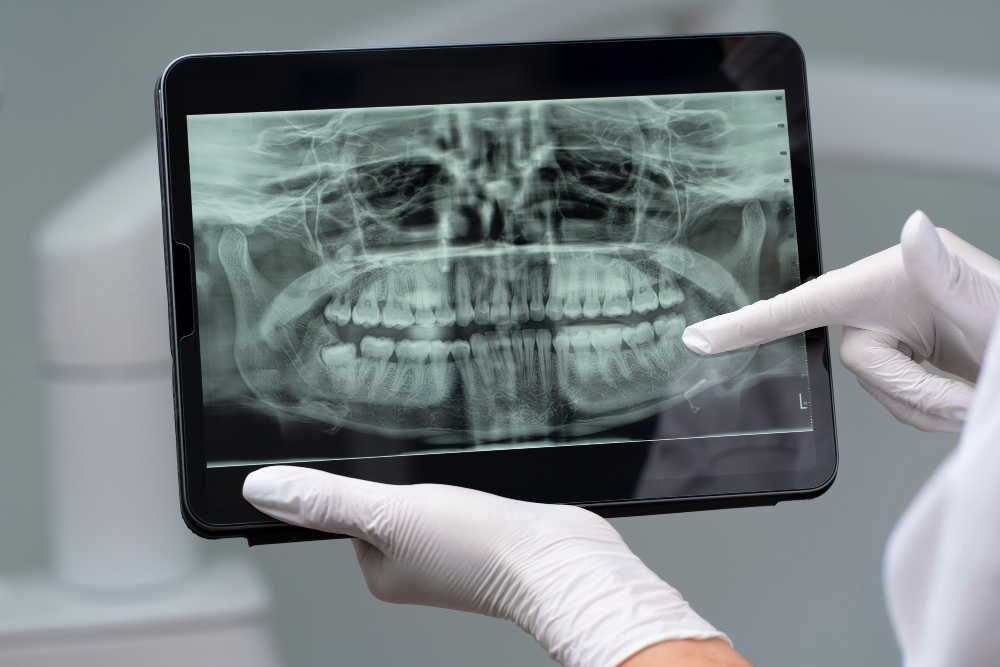Access to quality oral care continues to be an international challenge, particularly in rural, remote, and underserved populations. Limited access to dental clinics, high expenses, and poor infrastructure frequently postpone care, elevating risks for preventable conditions such as caries and tooth fractures. In response, a new surge of innovation is transforming outreach dentistry. Tools powered by portable dental imaging and real-time analysis now make early-stage diagnosis possible far from urban hubs. Amidst these innovations, Diagnoscan distinguishes itself by providing light-based detection of caries and cracks, independent of cumbersome X-ray equipment and radiation shielding. This blog discusses how low-resource diagnostic tools based on optical science are closing gaps in care and empowering preventive dental health initiatives across the world.
Diagnostic Barriers in Underserved Populations
In most of the world, dental consultations are reactive, not preventive. For individuals in rural communities, a trip to the dental clinic can take hours or days. Such delay, in most cases, converts mild decay into advanced pathology. In addition, conventional imaging modalities are either inaccessible or underused because they are expensive and require technical sophistication. This is where portable dental imaging systems are rewriting the script. These devices, lightweight, battery-powered, and simple to operate, obviate the need for specialized radiology rooms. Products like Diagnoscan have an additional benefit: they do not use ionizing radiation, which makes them ideal for mobile applications. The World Health Organization has underscored the value of such low-resource diagnostic devices in reducing oral health disparities (WHO Oral Health Report, 2022).
Light-Based Imaging for Early Cavity Detection
Early cavity detection through transillumination is one of the most promising uses for portable dental imaging. Rather than employing X-rays for caries detection, light-based instruments backlight the internal structure of the tooth. Healthy enamel is permissive of light, while decayed portions are darker because of diminished conductivity. This is the basis for instruments such as Diagnoscan, which utilize a 1,500-watt light source to generate high-lux, intraoral images. A clinical trial in Community Dental Health (2023) determined that transillumination was 92% accurate in the detection of enamel-only caries, far exceeding mirror-and-probe methodology in outreach environments. Low-resource diagnostic tools are thus especially valuable in public health screenings and school-based dental clinics.
Cost-Effectiveness of Low-Resource Diagnostic Tools
Scalability of oral health programs is directly related to affordability. Although digital radiographs and panoramic systems give in-depth information, they are extremely costly for most community health programs. Low-resource diagnostic tools like Diagnoscan, on the other hand, are portable, comparatively low-cost, and robust, with few infrastructure or technician training requirements. Research from the Global Oral Health Alliance indicates that the use of portable dental imaging for outreach programs lowers diagnostic costs by as much as 65% per patient. Further, devices enabling early detection of cavities lower long-term treatment costs by allowing preventive interventions before invasive procedures become unavoidable.
Mobile Clinics and Screening Camps
Mobile dental clinics are increasingly adopting portable dental imaging equipment for field diagnostics. Such setups depend on light, battery-powered devices to function in schools, refugee camps, and indigenous reservations. Diagnoscan’s portability, small probe head, and ease of use make it a natural fit for these applications. In partnership with non-profits, various pilot projects in northern Canada and Sub-Saharan Africa have trailed such low-resource diagnostic tools with encouraging outcomes. Data from these settings is typically synced to cloud systems over mobile networks, enabling follow-up care or referrals. Early detection of cavities in these contexts has resulted in targeted oral health education, fewer emergency extractions, and improved patient tracking.
Ethical and Long-Term Implications in Public Health
It is not only a technological challenge to deploy low-resource diagnostic tools in underserved communities, but an ethical imperative. The right to oral health is now more than ever acknowledged as part of the right to health. Increasing access through portable dental imaging can dramatically decrease health disparities and avert systemic diseases associated with untreated oral infection. Technologies that facilitate early detection of cavities empower public health practitioners, volunteers, and even school teachers to become first responders in oral health. Devices such as Diagnoscan are not merely medical devices, they are facilitators of systemic change. By prioritizing prevention, cost-effectiveness, and accessibility, these innovations advance health equity globally.
Conclusion
In a world where millions still don’t have access to basic dental care, innovation has to be more than sophisticated, it has to be inclusive. Portable dental imaging and scientifically proven technologies such as transillumination are providing clinicians and community workers with a fighting chance to combat oral disease early and efficiently. As Diagnoscan and other low-resource diagnostic technologies become part of more public health programs, the focus shifts from treatment to prevention. With strong backing from international health organizations and scientific endorsement of early cavity detection methods, the future of dentistry appears brighter and fairer. This isn’t innovation, this is intervention where it’s needed most.
